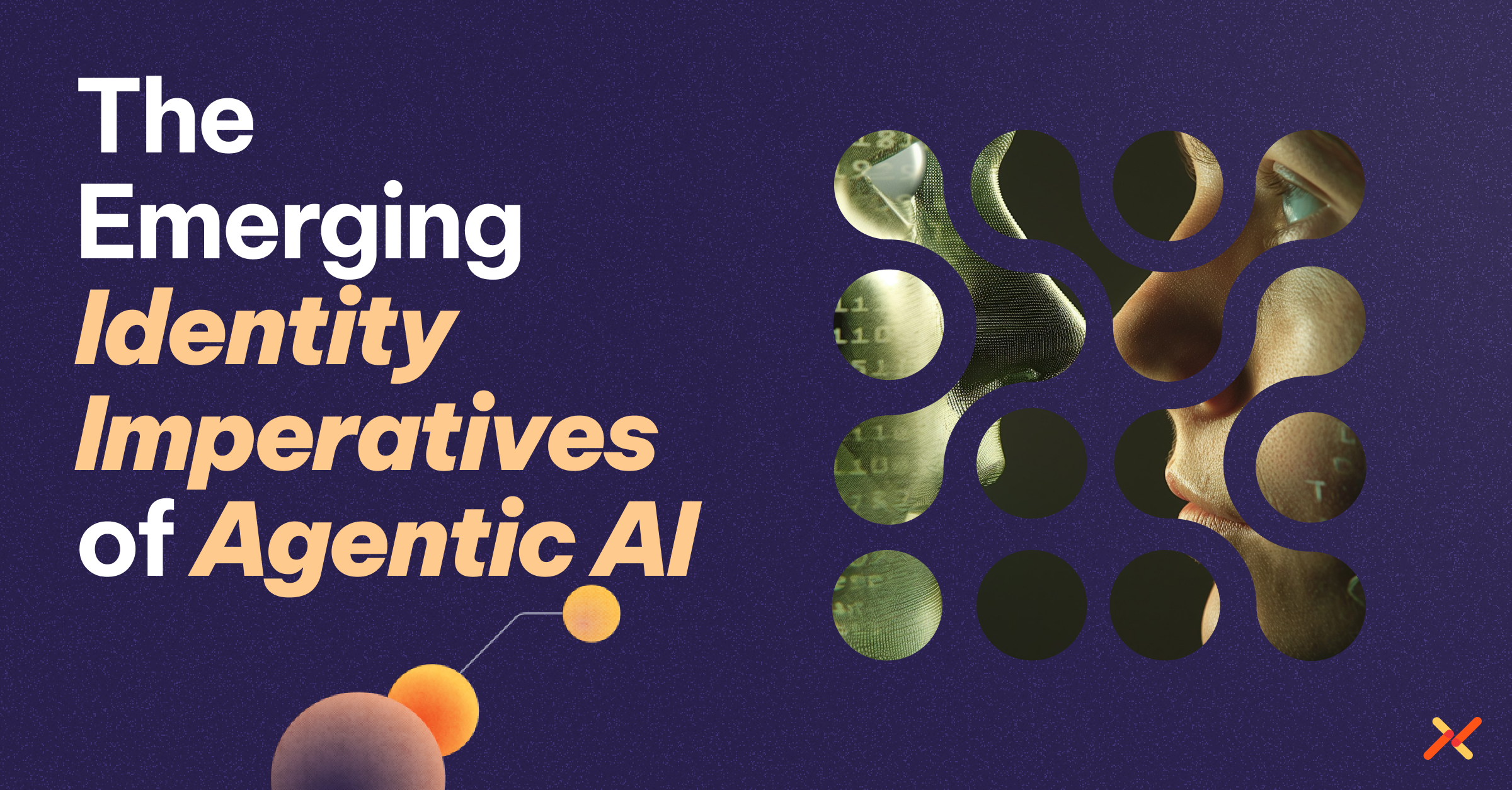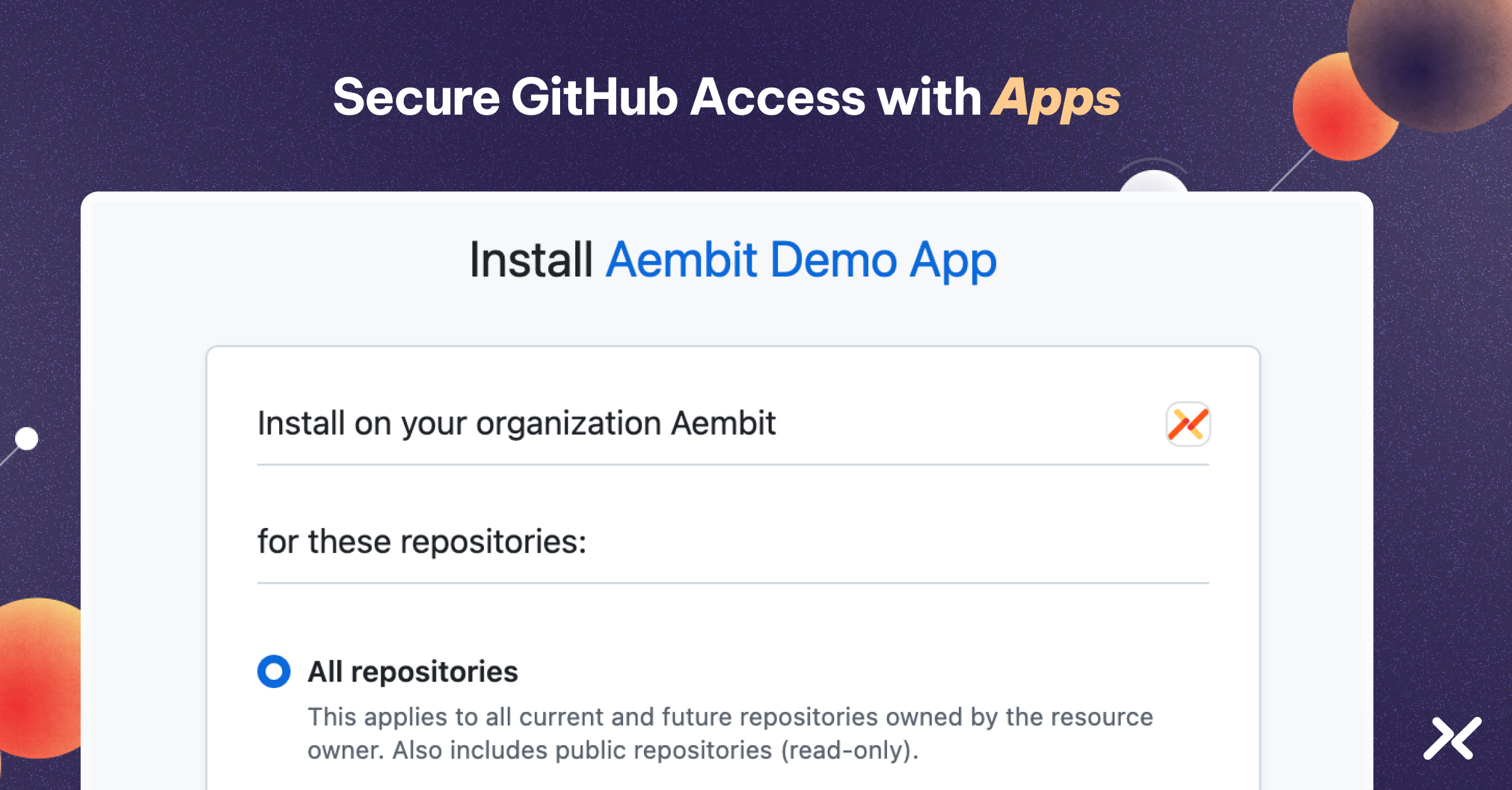Human identity management has evolved dramatically over the past couple decades. What began as simple username-password combinations has transformed into sophisticated systems with multi-factor authentication, biometrics, and federated identity.
But what about identity for workloads and machines?
In the early days of software development, security was an afterthought. Applications communicated freely within trusted perimeters, and authentication was often nonexistent. Fast-forward to today, and the rise of cloud computing, automation, and API-driven ecosystems has made securing non-human identities (NHIs) an important challenge.
Non-human identities – including software workloads, applications, AI agents, and the service accounts that represent them – now vastly outnumber human users. These machine identities access resources and process data, often with privileged access to sensitive systems.
Yet security practices for NHIs have lagged behind their human counterparts, creating significant vulnerabilities. While most enterprises have mature human IAM systems, non-human identity security remains underdeveloped. Organizations of all sizes—from startups to Fortune 500 companies—still rely on hardcoded credentials, configuration secrets, or basic secrets management.
The evolution of non-human identity management is following a similar trajectory to human IAM, but most organizations are still in the early stages of this journey.
Based on Aembit software architecture leader Victor Ronin’s talk at NHIcon 2025, let’s trace the advancement through seven distinct maturity stages – each representing a step toward more secure workload-to-workload authentication.
Stage 1: Unauthenticated Access
Before the 1990s, applications commonly operated within closed network perimeters with a simple security model: if a system was inside the corporate network, it was trusted. Applications exchanged data without authentication, protected only by the network’s outer defenses.
This approach had obvious (now) weaknesses:
A single perimeter breach meant unlimited access to all internal resources.
No way to verify if a system should access a particular service.
No audit trail of which systems accessed what.
Lateral movement was trivial once any access was gained.
As networks expanded to connect distributed offices and eventually the internet, organizations realized perimeter-based security alone was insufficient. The need to verify identity, not just location, became clear.
Stage 2: Hardcoded Credentials
By the late 1990s, developers recognized the need for authentication between systems. Their first approach was simple: hardcode credentials directly in application code. A few lines of code added authentication headers to requests, and systems could now verify each other’s identity.
But this convenience came at a steep cost. Credentials in source code meant anyone with code access – developers, contractors, or attackers who breached your repository – had direct access to production systems. When credentials needed rotation, every application using them required code changes and redeployment.
A single forgotten script could expose sensitive credentials. When systems were compromised, rotating credentials became a nightmare of coordinated updates across multiple applications and services.
Despite these drawbacks, this approach persists today. Legacy systems often have technical constraints that make migrating to a more secure model difficult. Meanwhile, engineering teams under pressure to deliver quickly may still take shortcuts, embedding credentials when security infrastructure isn’t readily available.
Stage 3: Secrets in Configuration
The early 2000s brought a significant improvement: separating credentials from code. Organizations began storing authentication secrets in configuration files and environment variables.
This approach offered clear benefits:
Source code no longer contained sensitive credentials
Configurations could be updated without changing application code
Code reviews no longer exposed authentication secrets
Yet serious hurdles remained. Secrets scattered across configuration files became difficult to track. Environment variables stored in plaintext were vulnerable to exposure through system logs or error messages. Configuration files were frequently mismanaged or accidentally committed to source repositories.
The risk shifted from code to configuration, but the fundamental problems of secret management persisted. Organizations still lacked centralized visibility and control over their growing number of machine-to-machine authentication secrets.
Stage 4: Environment Isolation
As development practices matured through the aughts, organizations began enforcing strict separation between credentials used in different environments. Development, staging, and production each received their own distinct set of authentication secrets.
This isolation marked the first real security boundary for non-human identities. A leaked development credential no longer compromised production systems. Engineering teams could access test environment secrets, while only operations teams managed production credentials. When employees left, credential rotation affected fewer systems.
However, even with environment isolation, organizations struggled with scaling these practices. Credentials remained long-lived, and insider threats continued to pose significant risks. The lack of centralized management meant secrets still proliferated across various systems with limited oversight.
As companies expanded their digital footprints and the number of machine identities multiplied, this manual approach to credential management became increasingly unsustainable.
Stage 5: Secrets Management
By the mid-2010s, organizations faced a growing crisis: As cloud adoption accelerated and microservices architectures became popular, the number of workload authentication secrets exploded. These credentials were scattered everywhere – in configuration files, environment variables, CI/CD pipelines, and deployment scripts.
With no centralized inventory or management system, organizations struggled to answer basic questions like ‘What secrets do we have?’, ‘Who has access to them?’, and ‘When were they last rotated?’ This sprawl of unmanaged credentials created significant security risks and operational headaches
The solution? Dedicated secrets management platforms like HashiCorp Vault, which emerged to provide centralized control over non-human credentials.
These products transformed how organizations handled workload authentication:
Secrets stored encrypted at rest and in transit.
Centralized access control with detailed audit logs.
Secret rotation and lifecycle management.
However, this approach introduced the “Secret Zero” problem: to access the secrets manager, workloads needed initial authentication – a master key to access a secrets manager – that itself became a high-value target. While secrets management solved many issues, it created new challenges around bootstrapping trust and securing that initial authentication.
This stage represents where most organizations are today – addressing the immediate risks of non-human authentication and access while still relying on some form of static credentials.
Stage 6: Identity and Access Separation
Around 2012, OAuth 2.0 emerged as a standard protocol for authorization, introducing a critical shift: separating long-lived identity credentials from short-lived access credentials. Instead of using the same credential for both authentication and authorization, OAuth established a model where authentication happens at multiple stages – first, to verify identity and issue access credentials, and again when those credentials are used to authorize specific actions.
Workloads now use their identity credentials (for example, client ID and secret) to obtain temporary access tokens with limited scope and lifetime. This separation created a more resilient security model that protects resources even when access credentials are exposed.
The practical impact is significant. If an attacker intercepts an access token, it expires quickly – typically within minutes or hours. Access can be revoked centrally without changing identity credentials. Organizations can enforce fine-grained access control by defining permissions within access tokens, rather than relying on static credentials that grant broad, unrestricted access.
However, this stage still has limitations. The workload identity credentials themselves remain long-lived secrets that are difficult to rotate across systems. Organizations implementing OAuth often lack centralized visibility and consistent policy enforcement across all their services. Each OAuth provider becomes its own identity silo, creating new challenges for governance.
Stage 7: IAM for Workloads
The most forward-thinking organizations today are securing non-human identities the same way they secure human ones: by enforcing identity-based access controls instead of relying on static credentials.
Rather than manually managing secrets, organizations increasingly rely on platform-native identity mechanisms such as AWS IAM roles, Kubernetes service accounts, and managed identities in cloud and on-prem environments. These mechanisms enable workloads to authenticate dynamically using ephemeral credentials, reducing security risks and simplifying operations.
This approach eliminates the need for stored secrets entirely—especially high-risk master credentials. Instead, workloads authenticate using their contextual identity within the platform and receive short-lived, just-in-time credentials. While these temporary credentials could still be stolen if improperly secured, they significantly reduce the risk of long-lived secret exposure.
With workload IAM, the code becomes dramatically simpler too. Authentication logic moves from application code to the platform infrastructure. Security policies are defined centrally and applied consistently across all services. Every authentication attempt and resource access is logged and auditable.
This represents the destination for non-human identity management, a world where:
Applications have intrinsic identities tied to their deployment context.
Centralized policies control what each workload can access.
No secrets are stored, eliminating the risk of theft.
Credential rotation happens automatically in the background.
Security teams have complete visibility across all workload identities.
While few organizations have fully reached this stage, it follows the same path that human IAM took years ago – toward centralized, policy-based access control and enforcement.
Where Does Your Organization Stand?
Few organizations exist purely at one maturity stage. Most operate at multiple levels simultaneously – legacy systems might use hardcoded credentials while cloud-native applications leverage IAM integration. Different teams progress at different rates based on their skills, resources, and priorities.
Ask your teams five simple questions:
1) Do we have hardcoded credentials in our applications?
2) Do we store secrets in a centralized secrets manager?
3) Do we separate identity credentials from access credentials?
4) Do we use platform-native identities where possible?
5) Do we have centralized policies for non-human access?
The distribution of answers will show where your organization stands today and where to focus next.
The Road Ahead
Non-human identity management is following the same evolutionary path that user IAM took years ago, just at a different pace. The industry is moving steadily toward treating workload identities with the same rigor as human ones.
This shift brings immediate benefits beyond security. Centralized management reduces operational overhead for development teams. Standardized approaches improve reliability and compliance. Removing authentication logic from application code accelerates development and reduces bugs.
For organizations still early in their journey, each step up the maturity ladder brings tangible improvements:
Moving from hardcoded credentials to configuration secrets eliminates the most obvious risks.
Implementing proper environment isolation substantially reduces insider threat exposure.
Adopting secrets management brings visibility and control to chaotic credential landscapes.
Separating identity from access limits the damage from credential theft.
Integrating with IAM platforms eliminates entire classes of credential risks.
The evolution of non-human identity security is about building scalable, reliable infrastructure for the digital future.
Are you ready to keep climbing? Visit aembit.io to learn more.
The Workload IAM Company
Manage Access, Not Secrets
Boost Productivity, Slash DevSecOps Time
No-Code, Centralized Access Management



